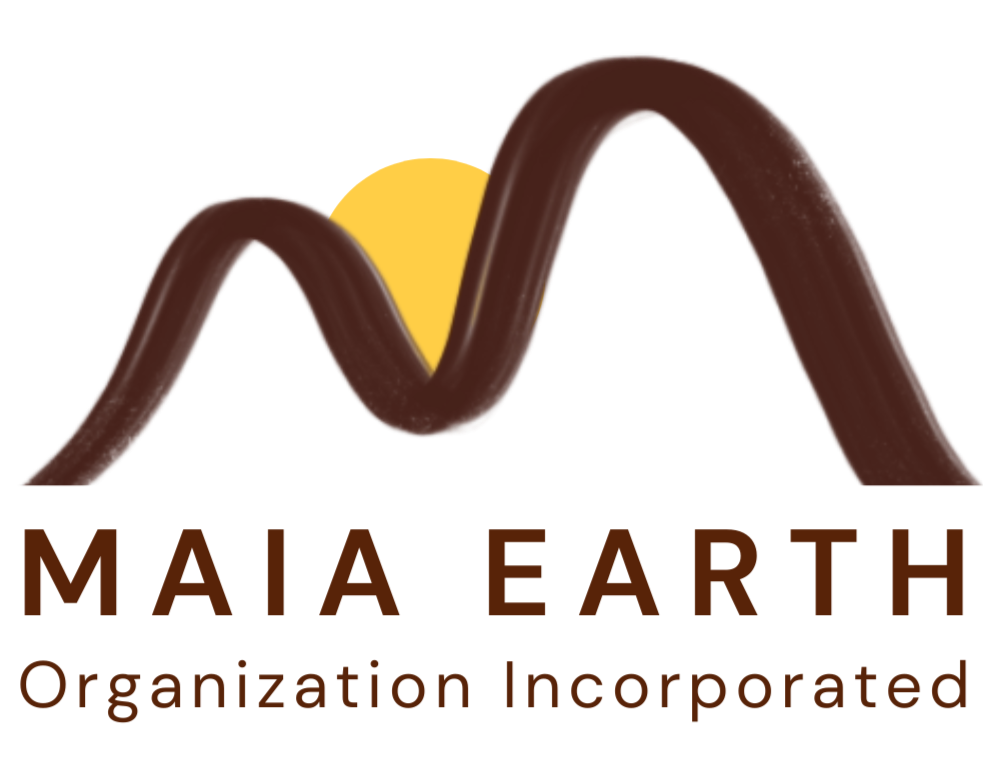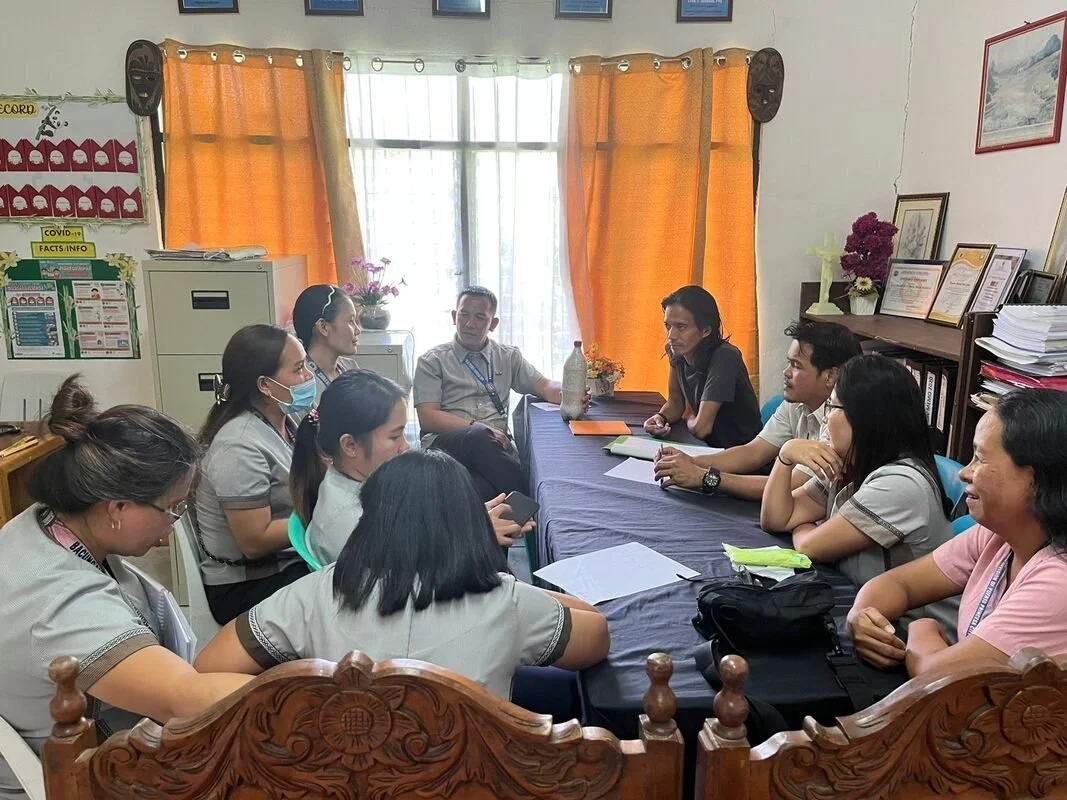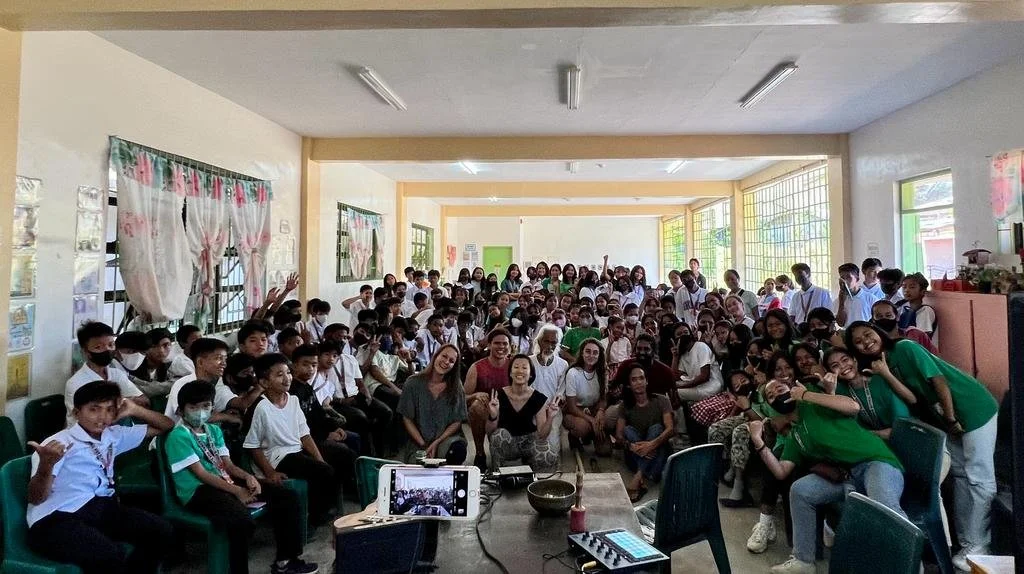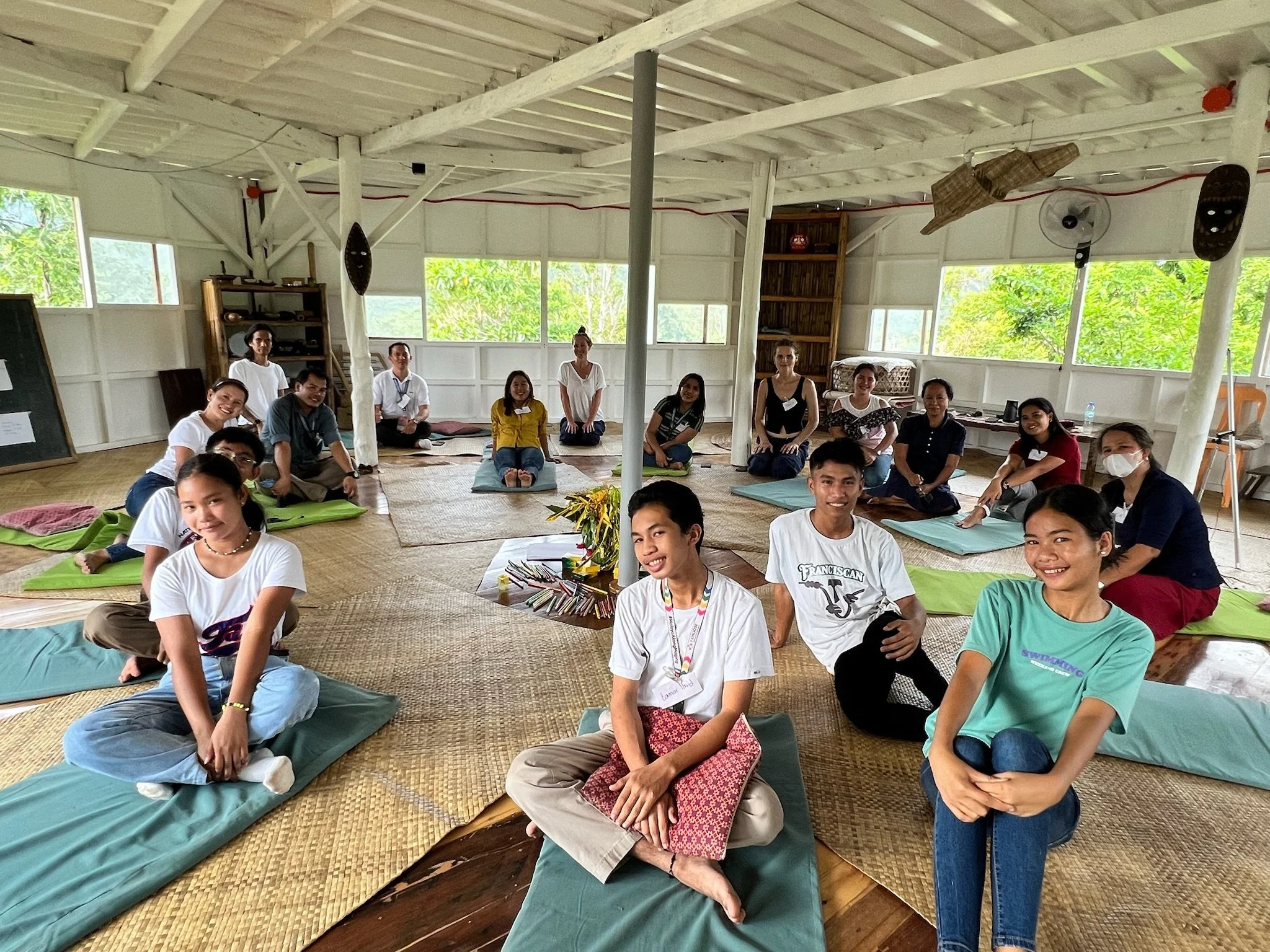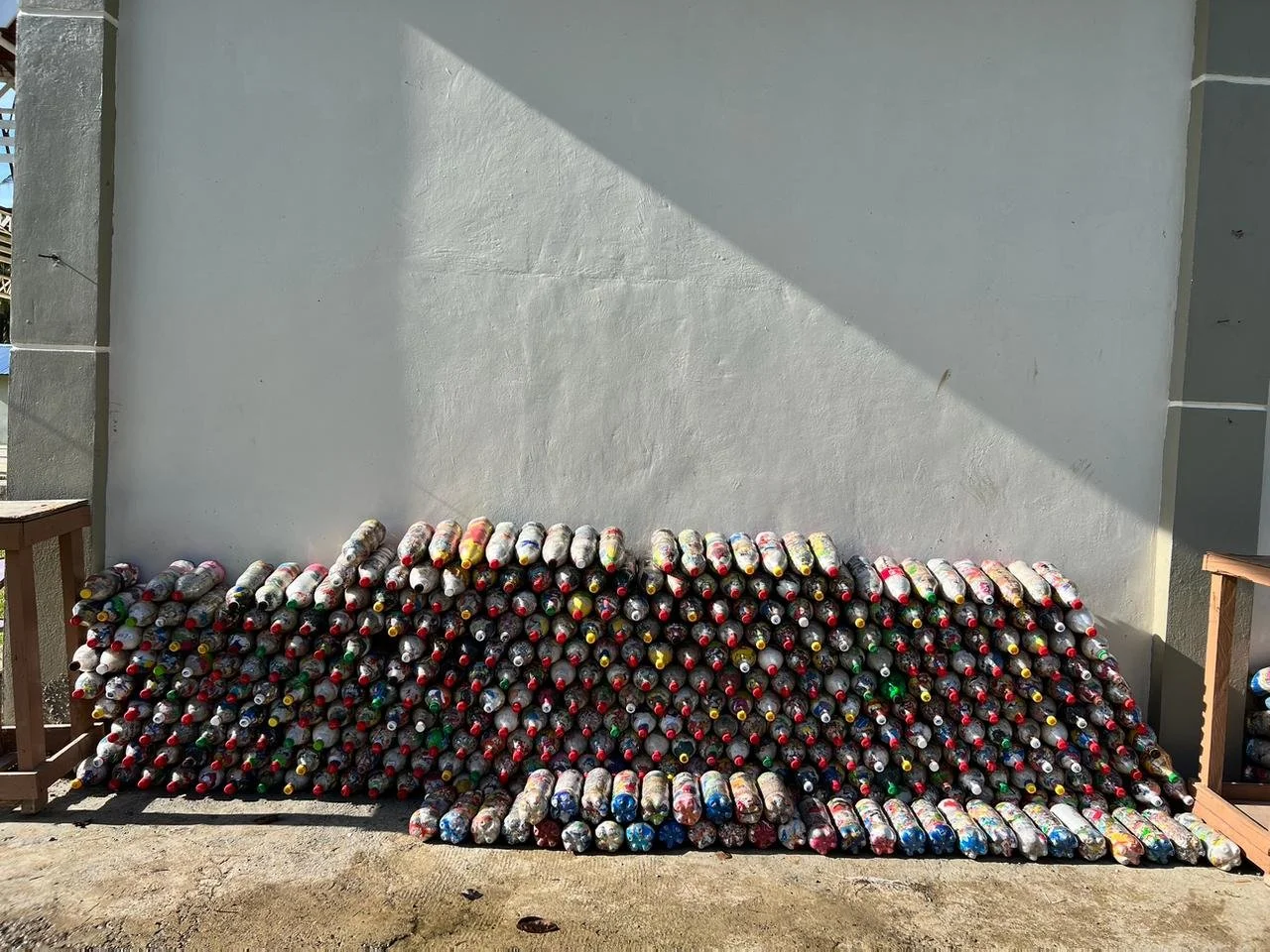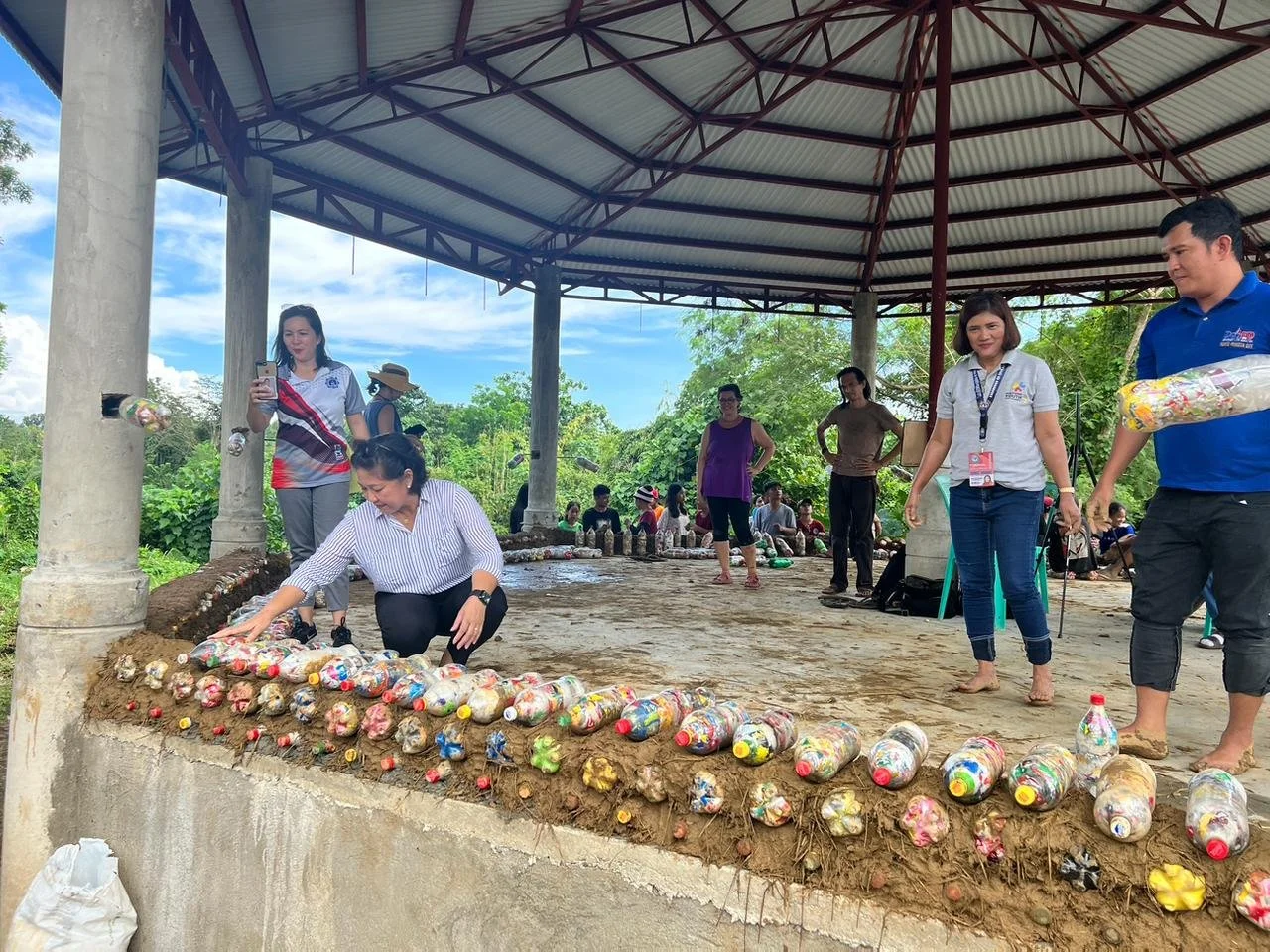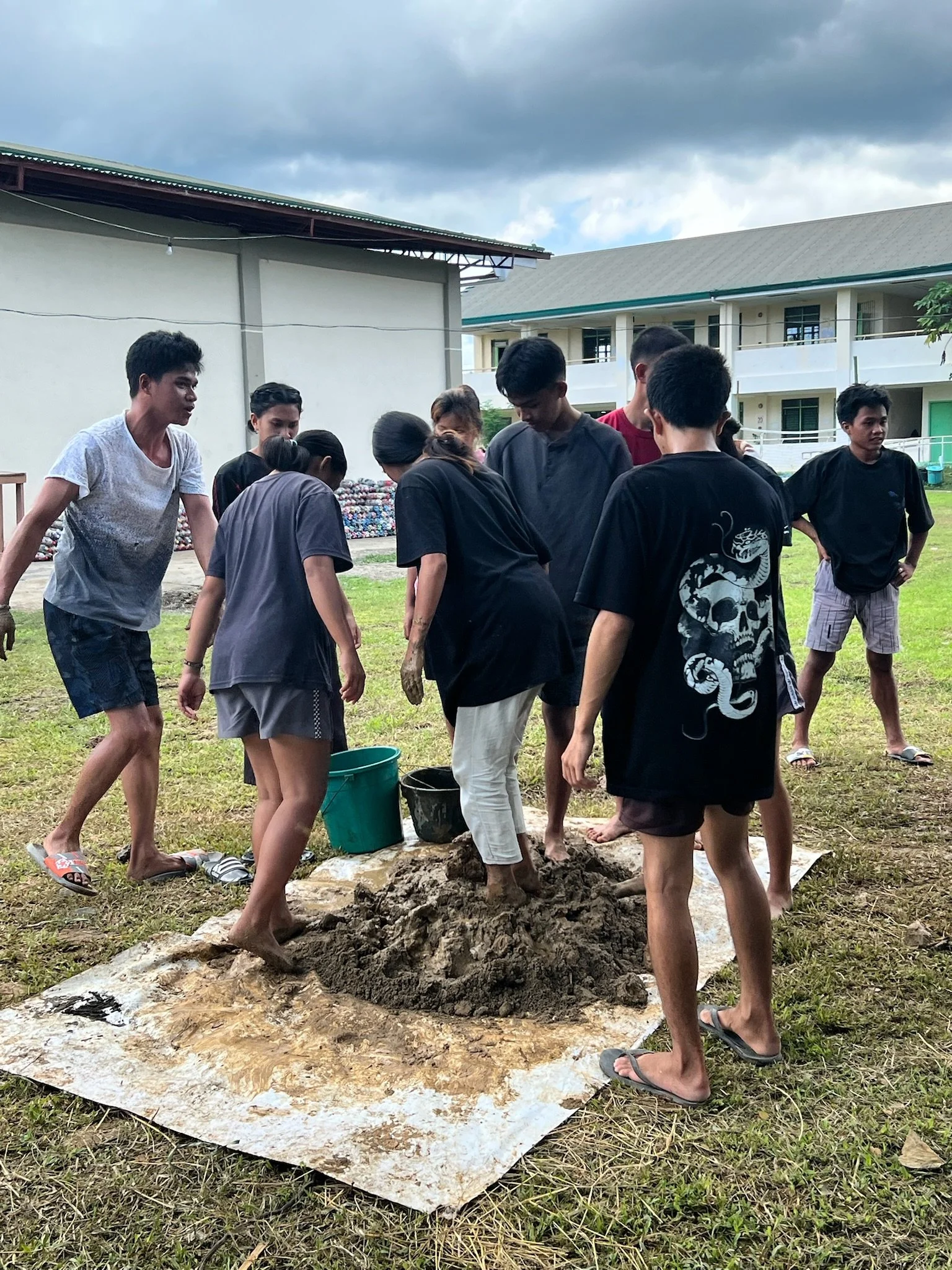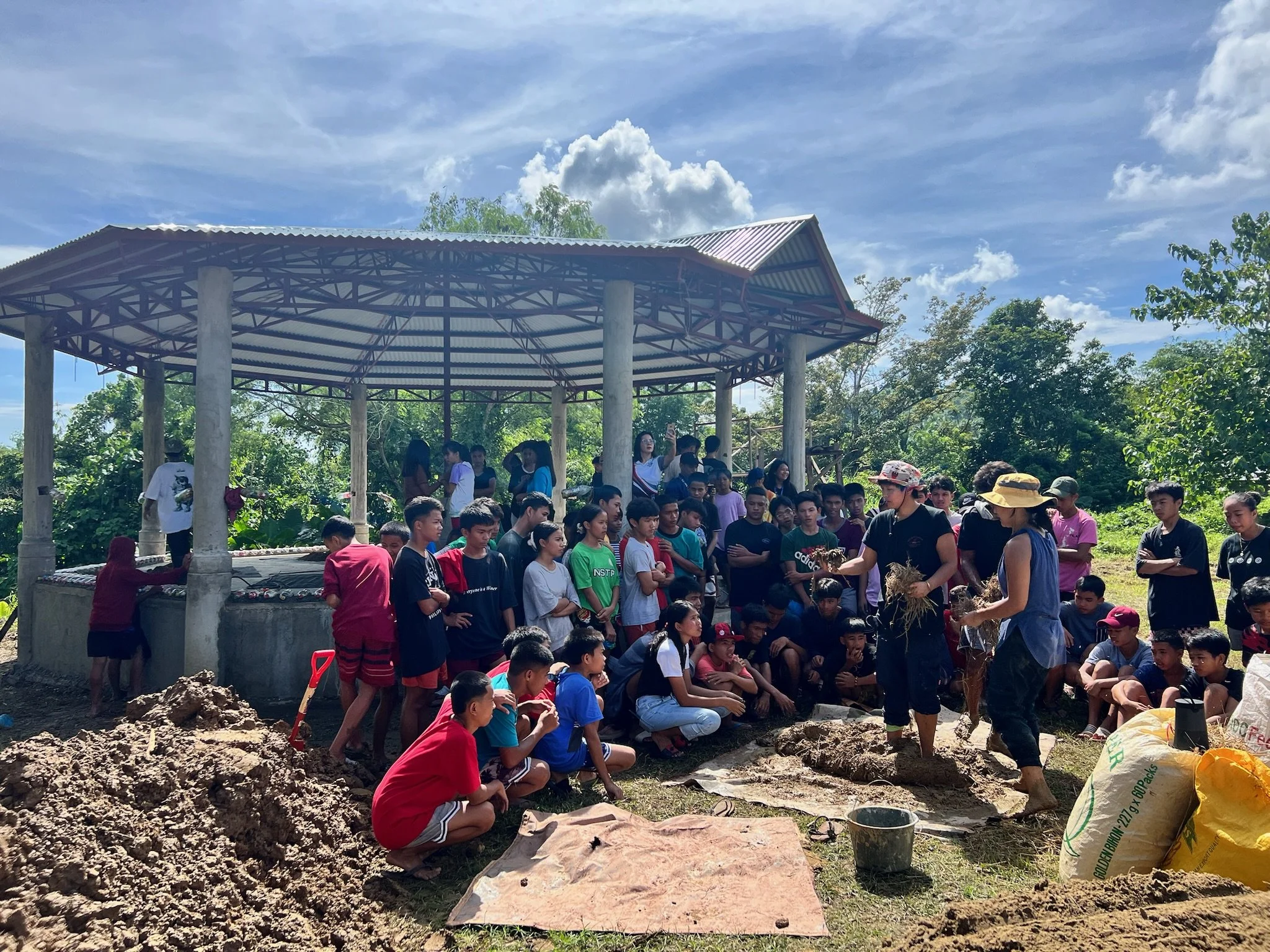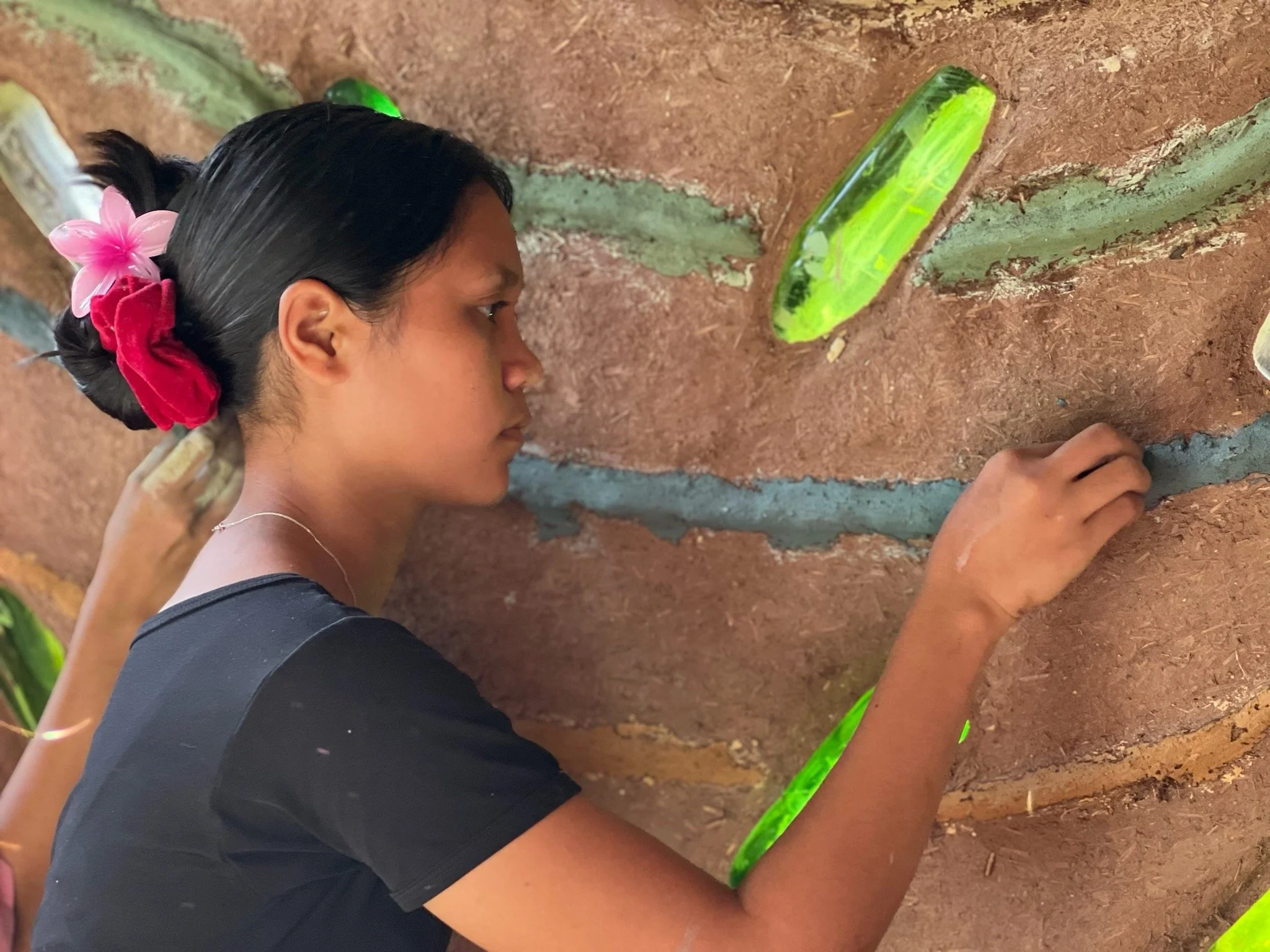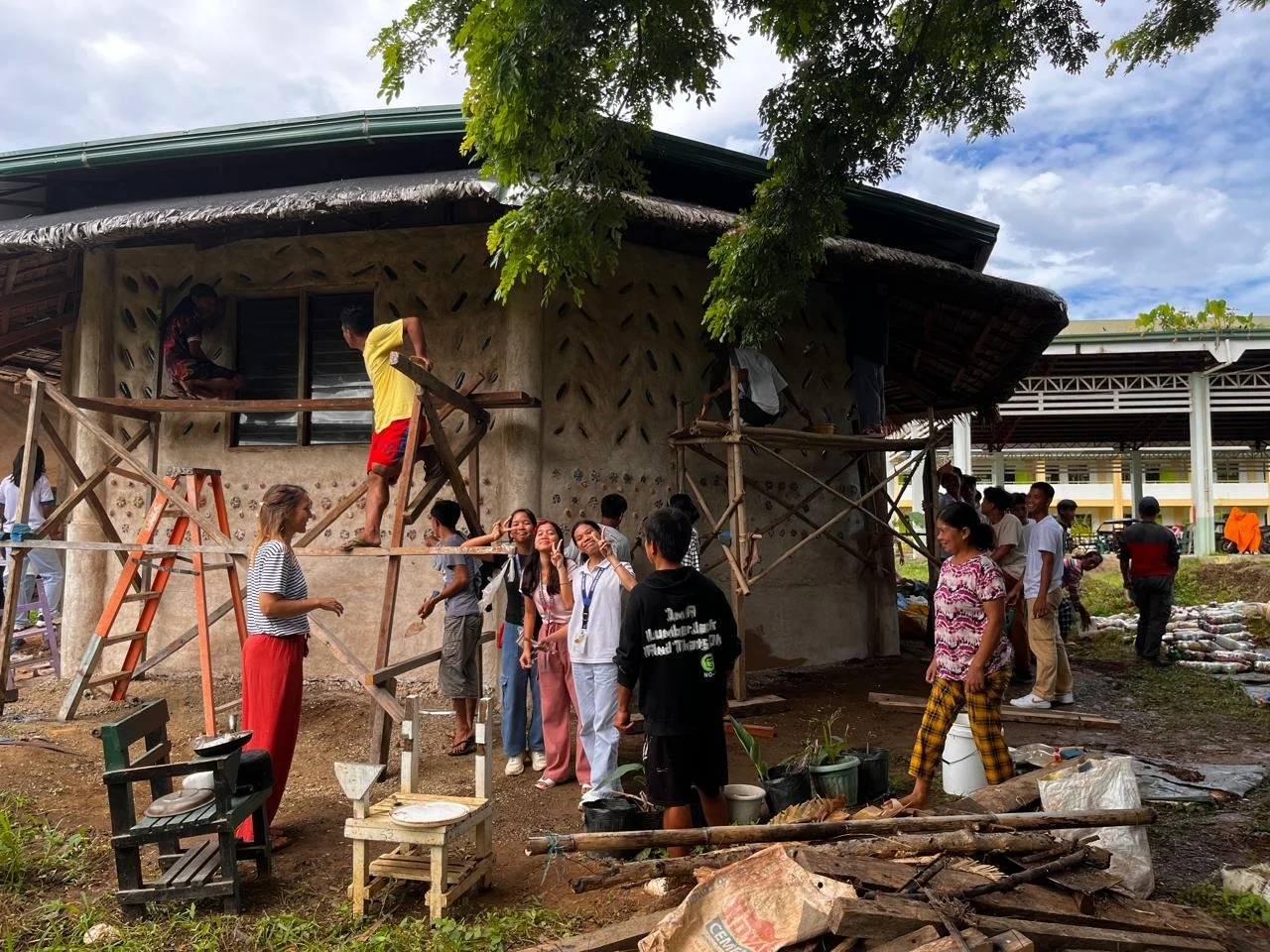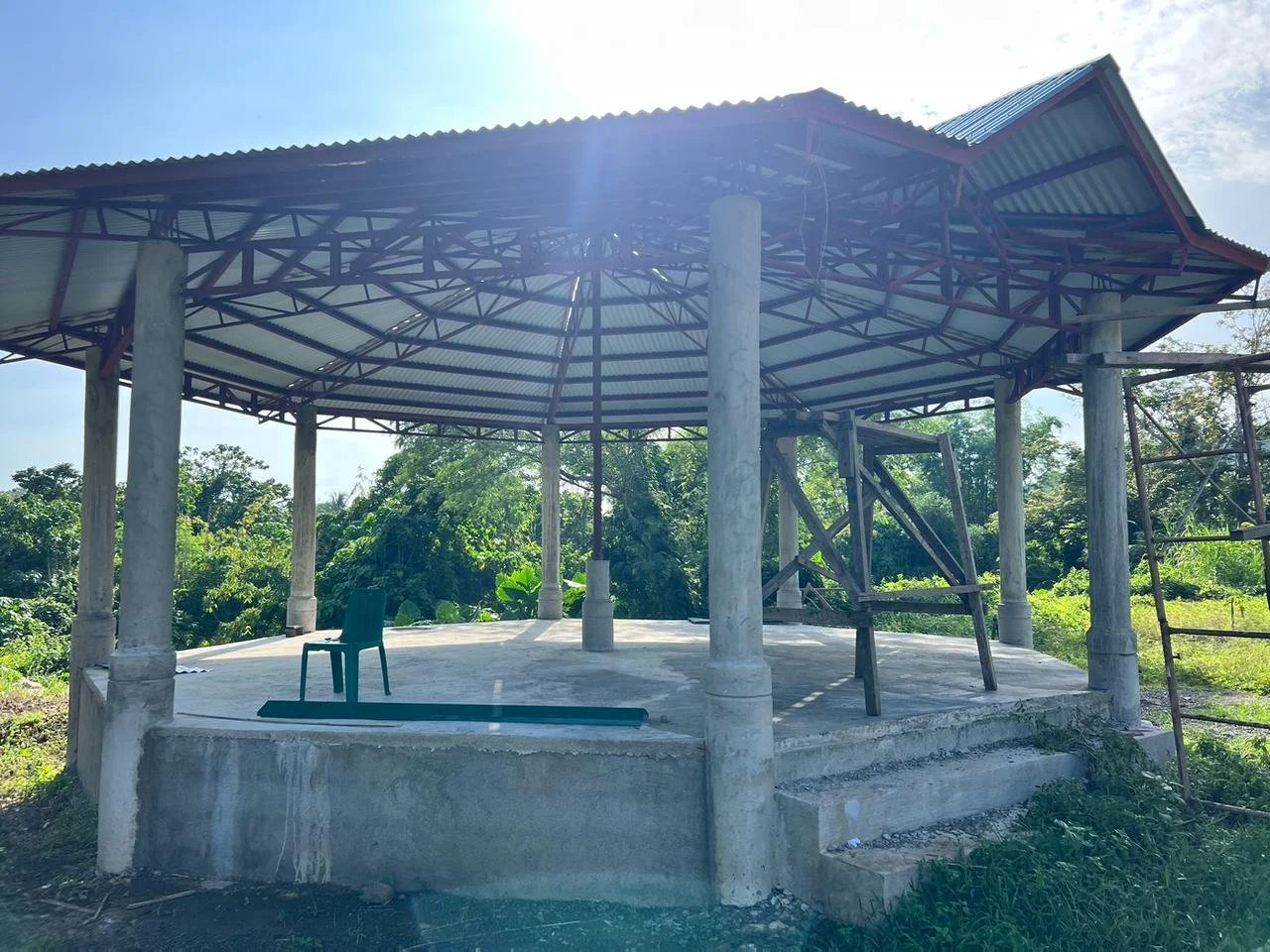Bahay Pangarap: dreaming of a new school
Bahay Pangarap (in Tagalog), which translates to Dream (pangarap) House (Bahay), is a student-led project brought about by the students of Bacungan National High School (Palawan, Philippines), Maia Earth, Malaya Permakultura and the Department of Education of the Philippines. Valuing a decentralized model of education that stands for environmental stewardship and grounded learning, the project was built within an interdisciplinary approach in which students were exposed to practices that held space for capacity building, emotional intelligence, creative thinking, community efforts, leadership and decision making.
At its core, the journey was about building a mudhouse classroom inside the vicinities of Bacungan National High School. A mudhouse classroom is a sustainable, low-cost, and climate-resilient structure built using a mix of locally sourced natural materials—typically clay-rich soil, sand, straw or rice hull, crushed limestone, water, cow dung, coconut husk, and casein for natural paint. These materials are used to make adobe, cob, or wattle-and-daub walls, often integrated with ecobricks to reinforce structure and re-use plastic waste.
These structures are typhoon- and earthquake-resilient, culturally and environmentally appropriate, naturally cool and breathable, with the bonus of adding a fusion of traditional knowledge and modern sustainability practices.
It takes a Village
After signing up the proposals and meeting requirements, we were finally able to put our minds to dream and our hands to the mud. Students had ongoing meetings and sessions guided by Sound. Being immersed in their creativity, they dove into dream and vision as to what Bahay Pangarap was about.
The next steps were plastic sequestration through the means of Ecobricks, which are the foundations of each of the six walls of their classroom. More than 2000 Ecobricks were gathered, a huge communal effort that cleaned their school, their village, their houses.
Ecobricks are plastic bottles tightly packed with non-biodegradable waste, especially soft plastics like sachets, wrappers, and cellophane, which are difficult to recycle and otherwise end up in landfills, waterways, or open burning sites. When packed properly, these bottles become durable building blocks used in the construction of furniture, classrooms, benches, garden spaces, and even full-scale buildings. Ecobricks are a simple, low-cost, grassroots solution that transforms plastic pollution into a sustainable, modular building material—offering a way for anyone, anywhere, to take personal responsibility for their plastic waste.
Brick by brick and layer by layer, the walls came up filled with community efforts, joy and shared wisdom. Students from various groups took part in the classes led by Engineer Ala Luglug from Malaya Permakultura, a skilled and passionate Filipina that brought the science behind natural building and design to enlarge students’ worlds on the topic.
We have shared two years during the overall process of bringing Bahay Pangarap to life. Many hands and hearts have taken part in it, from students to teachers, from office heads to Maia Earth guests and community. Bacungan, and we dare to say the Philippines, has now its first mud wall classroom built by students.
What is next? The building will serve as a container for MAPEH (Music, Arts, Physical Education and Health), which are part of the curricular competencies. During the next months and years, teachers and students will have their own sacred space where creativity and intelligence meet to create and bring life to this world.
